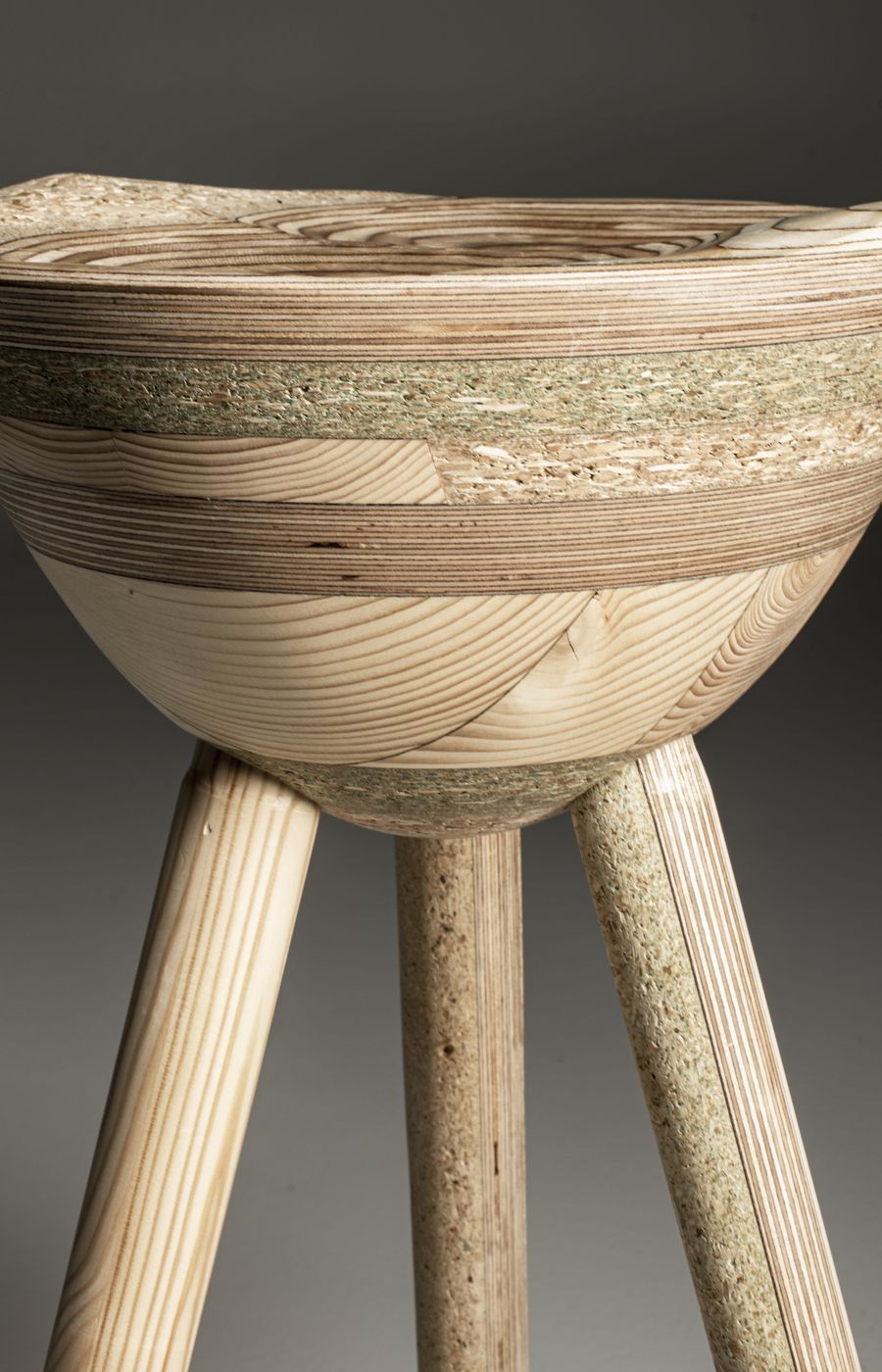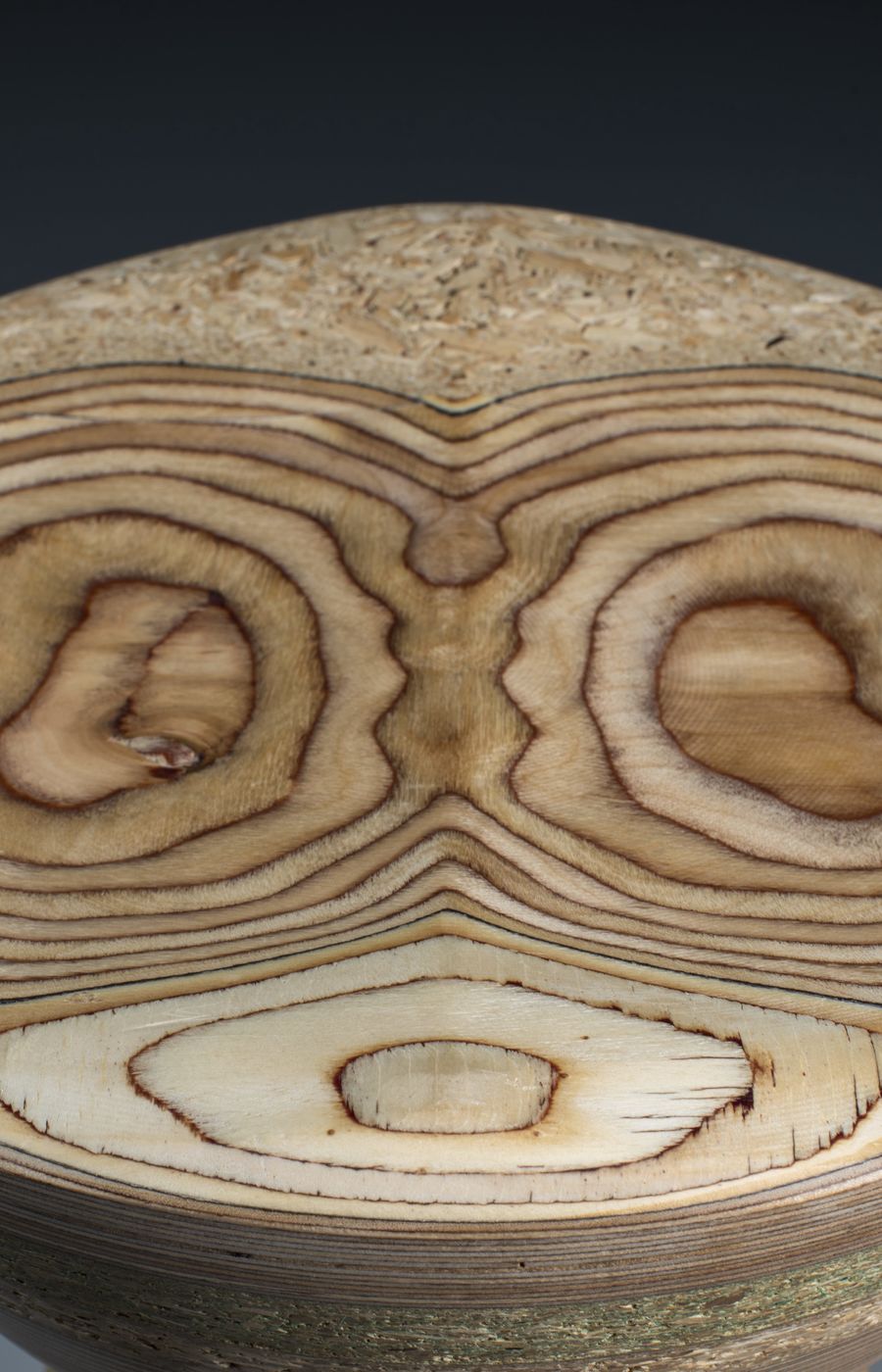
Building with wood
Longevity is the real sustainability
Wooden buildings allow us to store the atmospheric carbon sequestered by trees during their growth in our homes, offices, and other human built spaces. Building with wood also replaces carbon-intensive materials like concrete and steel — further increasing its contribution to cutting emissions. So, could a return to wood be the ‘silver bullet’ in solving the sector’s growing environmental problems? Why not simply use wood more often in construction?

Like all supposed silver bullets, it is not that simple. Our forests have multiple roles, maintaining biodiversity and serving as a habitat for both human and non-human entities. Thus forestry should focus on harvesting practices that remain within sustainable limits. Nevertheless, it is possible to create a healthier and more resilient lifecycle chain: by reducing the need for primary materials, using the entire tree and side-streams more efficiently and directing them to higher value products such as buildings, we can effectively strengthen woods lifecycle chain. It is equally important to ensure the longevity and maintainability of these buildings - reusing them and recycling as much as possible.

So, to kick start this shift in mindset, we should stop thinking of wooden buildings as ‘temporary’, with a finite life span of some decades, and instead consider them, and the materials from which they are constructed, as ‘practically permanent’, lasting for centuries.
We need to redefine the question: What is the lifetime of a building? Can we shift towards a paradigm of sufficiency where we reduce the construction of new buildings and learn to appreciate the materials, the historical layers, the memories, and the time stored in existing buildings?

The Recycled stool, designed by Saara Kantele, is an example of material wisdom and the cascading of recycled wood, ie. using the same material in multiple high-value forms after their initial use. The Recycled stool combines different forms of waste wood products — solid wood, plywood and particleboard — found from dustbins of wood workshops. The material is processed by removing any possible metals parts, then glued and formed with NC-machinery.
